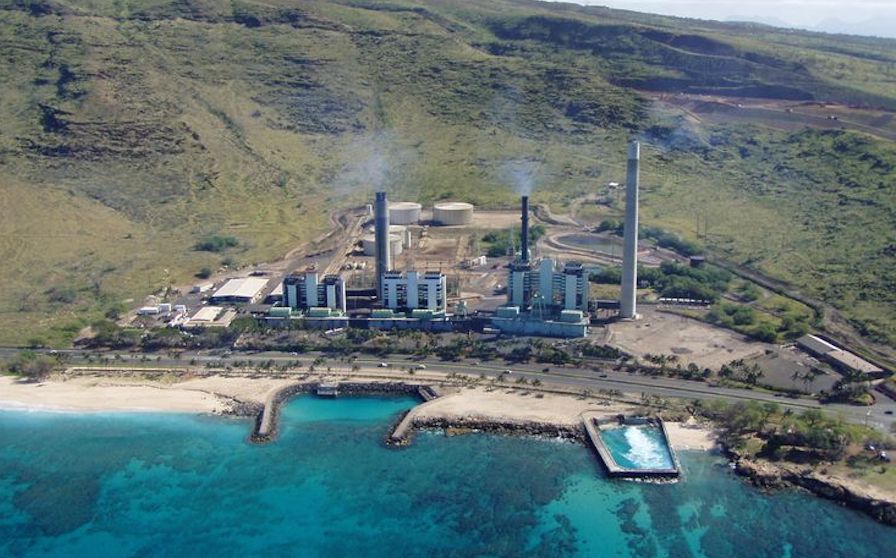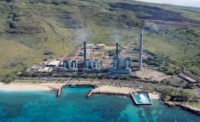NextEra Energy and Hawaiian Electric ended their effort to merge after the Hawaii Public Utilities Commission on July 15 dismissed the companies’ application to combine forces; the action effectively ends the utility's estimated $860-million plan, announced in May, to transform an oil-fired power plant on the island of Oahu into one powered by liquid natural gas.
NexEra Chairman and CEO Jim Robo said the deal was terminated on July 18.
The merger would have enabled retirement of three oil-fired units at the Kahe power plant, replacing them with a new 383-MW LNG-fired combined-cycle unit that would have helped with the utility's intended transition to the state goal of 100% renewables, Hawaiian Electric said in a May announcement.
Hawaiian Electric had estimated the switch to natural gas and greater efficiencies from modernized generation could save customers from $850 million to $3.7 billion through 2045, depending on future oil prices, and cut annual oil imports for electricity generation by more than eight million barrels, or 80%, as early as 2021.
NextEra had claimed it could accelerate the achievement of its state-mandated goal to have 100% of its energy from renewable sources by 2045.
But the commission said it was concerned whether Florida-based NextEra had the technical, managerial and financial resources to help with the clean-energy transition.
The company, also the owner of Florida Power and Light and renewable-energy subsidiary NextEra Resources, proposed the $4.3-billion merger in December 2014.
“From the start, we’ve been clear that we believe we can help accelerate achieving the state’s goals,” Rob Gould, a NextEra spokesman, said previously.
The commission contended that NextEra lacks direct experience in the specific and unique renewable-energy issues facing Hawaii, such as integrating very high levels of distributed energy resources—particularly, residential rooftop solar-photovoltaic systems—into isolated island power grids.
While NextEra has a track record as a major renewable-energy developer in North America, the company did not specify how it would use its capabilities to achieve the state’s energy goals and was unwilling to share its vision of meeting those goals until after the merger was approved, the commission said.
“In short, applicants’ commitments in this area were simply too broad and vague to satisfy the public interest standard,” the commission said.
Hawaii Gov. David Ige (D) said the ruling gives the state a chance to refocus on its renewable-energy goal. “We look forward to creating a process to find the best partner in the world,” Ige said. Previously, he had come out against the merger with NextEra.
Steam generator Units 1, 2 and 3 at the Kahe power plant would be deactivated by the end of 2020, when each will be more than 50 years old. They will be replaced with a facility that is sited farther from the shoreline than the existing units, to protect against severe weather and reduce its profile.
The estimated cost for the Kahe power plant's modernized generation and grid connection is $859 million. This cost is factored into the overall savings projected for the LNG plant, said Hawaiian Electric in May.
Hawaiian Electric also had proposed using natural gas in two remaining Kahe units, at another facility on the island and at plants on Maui and the Big Island..





Post a comment to this article
Report Abusive Comment